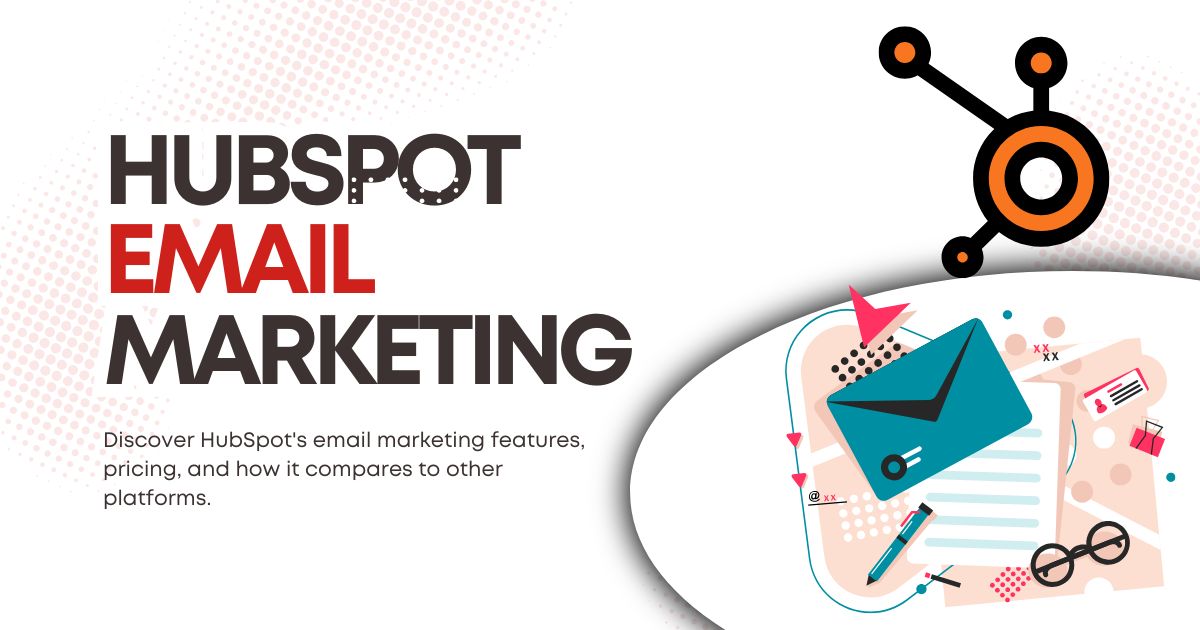
If you’re researching marketing automation platforms, you’ve likely encountered HubSpot’s name. But with so many tools and features packed into their platform, you might be wondering: Does HubSpot actually do email marketing?
The short answer is yes—HubSpot offers comprehensive email marketing capabilities. However, there’s much more to understand about what HubSpot’s email marketing tools can do, how they compare to dedicated email platforms, and whether they’re the right fit for your business needs.
This guide will break down HubSpot’s email marketing features, pricing, strengths, and limitations to help you make an informed decision for your marketing strategy.
What Email Marketing Features Does HubSpot Offer?
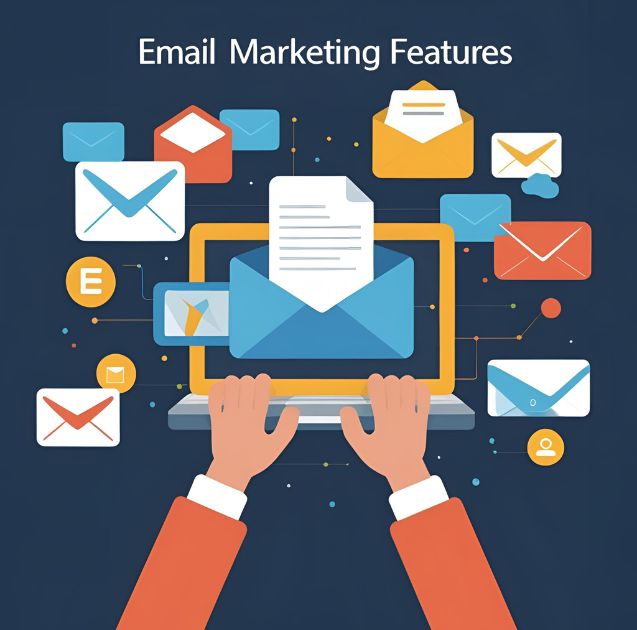
HubSpot provides a full suite of email marketing tools designed to help businesses create, send, and track email campaigns. Here’s what you get:
Email Campaign Builder
HubSpot’s drag-and-drop email editor makes it simple to create professional-looking emails without coding knowledge. The platform offers dozens of customizable templates for newsletters, promotional emails, and automated sequences.
You can personalize emails using contact data from your CRM, add dynamic content that changes based on recipient behavior, and optimize for mobile devices with responsive design templates.
Marketing Automation
One of HubSpot’s strongest features is its workflow automation. You can set up trigger-based email sequences that respond to specific actions, such as:
- Welcome series for new subscribers
- Abandoned cart recovery emails
- Lead nurturing campaigns based on website behavior
- Post-purchase follow-up sequences
List Management and Segmentation
HubSpot allows you to organize contacts into lists and segments based on various criteria like demographics, behavior, purchase history, and engagement levels. This segmentation capability helps you send more targeted, relevant emails to different audience groups.
A/B Testing
The platform includes built-in A/B testing tools that let you test different subject lines, email content, send times, and sender names to optimize your campaigns for better performance.
Analytics and Reporting
HubSpot provides detailed email performance metrics, including open rates, click-through rates, bounce rates, and unsubscribe rates. You can also track how email campaigns contribute to your overall marketing goals and revenue.
HubSpot’s Email Marketing Pricing
HubSpot operates on a freemium model with several paid tiers:
Free Tier
The free version includes basic email marketing features for up to 2,000 contacts. You can send up to 2,000 emails per month and access basic templates and reporting.
Starter ($45/month)
The Starter plan removes HubSpot branding from emails, provides more templates, and includes basic automation features. It supports up to 1,000 marketing contacts.
Professional ($800/month)
This tier offers advanced automation, A/B testing, custom event triggers, and more sophisticated reporting. It includes up to 2,000 marketing contacts.
Enterprise ($3,600/month)
The Enterprise level provides advanced features like predictive lead scoring, advanced reporting, and custom objects. It supports up to 10,000 marketing contacts.
Note that contact limits increase with higher-tier plans, and you’ll pay additional fees for exceeding these limits.
Strengths of HubSpot Email Marketing
All-in-One Platform Integration
HubSpot’s biggest advantage is how seamlessly email marketing integrates with other tools. Your email campaigns connect directly to your CRM, website analytics, social media management, and sales tools. This integration provides a complete view of your customer journey.
User-Friendly Interface
The platform is designed for marketers of all skill levels. The intuitive interface makes it easy to create campaigns, set up automation, and analyze results without extensive technical knowledge.
Comprehensive Analytics
HubSpot goes beyond basic email metrics to show how email campaigns impact your entire marketing funnel. You can track which emails generate the most qualified leads and contribute to actual sales.
Reliable Deliverability
HubSpot maintains good relationships with email service providers and follows best practices for deliverability, helping ensure your emails reach recipients’ inboxes rather than spam folders.
Limitations to Consider
Higher Cost for Advanced Features
While HubSpot offers a free tier, businesses needing advanced email marketing features will find the costs add up quickly. Dedicated email platforms like Mailchimp or Constant Contact often provide similar functionality at lower price points.
Contact-Based Pricing
HubSpot’s pricing model can become expensive as your contact list grows. Unlike some platforms that charge based on email volume, HubSpot charges based on your total number of marketing contacts.
Learning Curve for Advanced Features
While basic email creation is straightforward, mastering HubSpot’s more advanced automation and reporting features requires time and training.
Limited Email Design Flexibility
Compared to specialized email design tools, HubSpot’s template customization options can feel restrictive for businesses wanting highly unique email designs.
How HubSpot Compares to Dedicated Email Platforms
HubSpot vs. Mailchimp
Mailchimp focuses specifically on email marketing and offers more design flexibility and lower starting prices. However, HubSpot provides superior CRM integration and more advanced automation capabilities.
HubSpot vs. Constant Contact
Constant Contact is simpler and more affordable for basic email needs, but lacks HubSpot’s comprehensive marketing automation and CRM features.
HubSpot vs. ConvertKit
ConvertKit excels at email automation for content creators and offers more affordable pricing, but doesn’t provide the all-in-one business platform that HubSpot delivers.
Who Should Use HubSpot for Email Marketing?
HubSpot’s email marketing tools work best for:
Growing Businesses: Companies that want to scale their marketing efforts and need integration between email, CRM, and other marketing channels.
B2B Companies: Businesses with longer sales cycles that benefit from lead nurturing and detailed contact tracking.
Teams Wanting Simplicity: Organizations that prefer managing all marketing activities in one platform rather than juggling multiple tools.
Data-Driven Marketers: Businesses that want comprehensive analytics showing how email marketing impacts their entire sales funnel.
Getting Started with HubSpot Email Marketing
If you’re ready to explore HubSpot’s email marketing capabilities, start with the free tier to test basic features. This allows you to:
- Import your contact list and explore segmentation options
- Create a few email campaigns using their templates
- Set up simple automation workflows
- Review analytics and reporting capabilities
Pay attention to how the email tools integrate with other HubSpot features you might use, such as the CRM, landing pages, or social media tools.
Making the Right Choice for Your Business

HubSpot absolutely does email marketing—and does it well. The platform combines powerful email capabilities with comprehensive marketing automation and CRM integration.
However, whether HubSpot is right for your email marketing needs depends on your budget, business size, and how much you value having an all-in-one platform versus specialized tools.
For businesses seeking an integrated approach to marketing and sales, HubSpot’s email marketing tools provide excellent value despite higher costs. Companies focused solely on email marketing might find dedicated platforms more cost-effective and feature-rich for their specific needs.
Consider starting with HubSpot’s free tier to test whether their approach aligns with your marketing goals and workflows before committing to a paid plan.







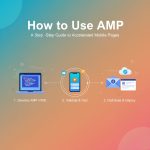






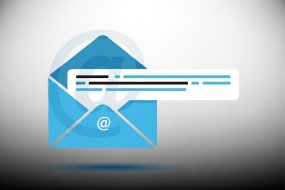
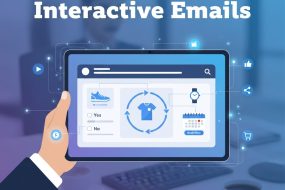


No Comments